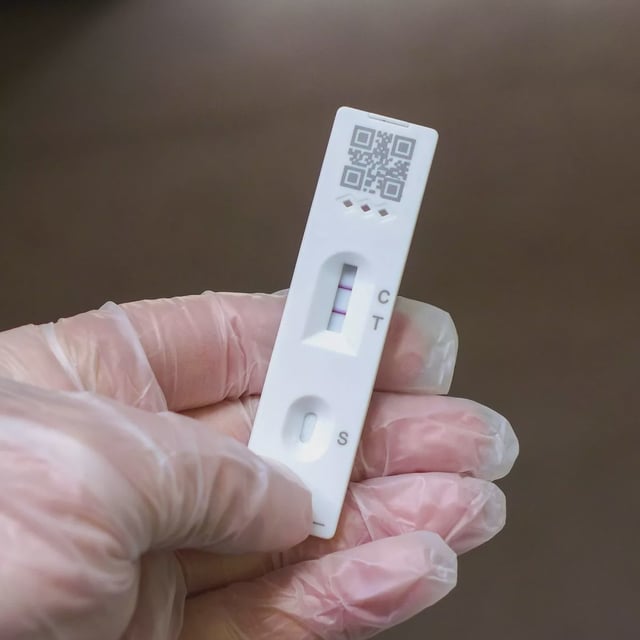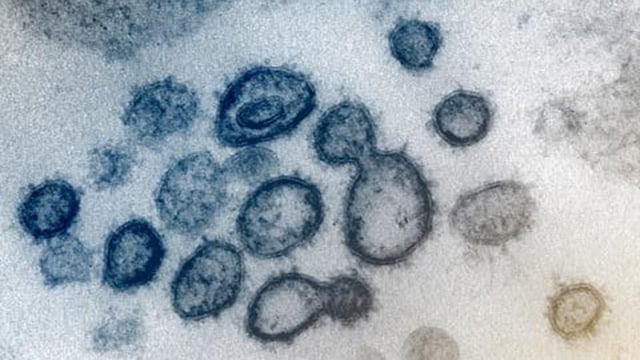Overview
- First identified in January, NB.1.8.1 accounted for about 10.7 percent of global sequences by late April and now outpaces other strains in Hong Kong and mainland China.
- Key spike protein mutations appear to enhance binding to human cells, making NB.1.8.1 more transmissible than earlier Omicron subvariants.
- The WHO reports no evidence of increased severity, with symptoms mirroring other Omicron lineages, including sore throat, fatigue, mild cough and nasal congestion.
- U.S. airport surveillance has detected the variant in travelers arriving in states such as California, New York and Virginia, though it remains below 1 percent of domestic cases.
- Public health experts urge eligible individuals to receive COVID-19 boosters ahead of winter to strengthen protection against NB.1.8.1 and other respiratory infections.



